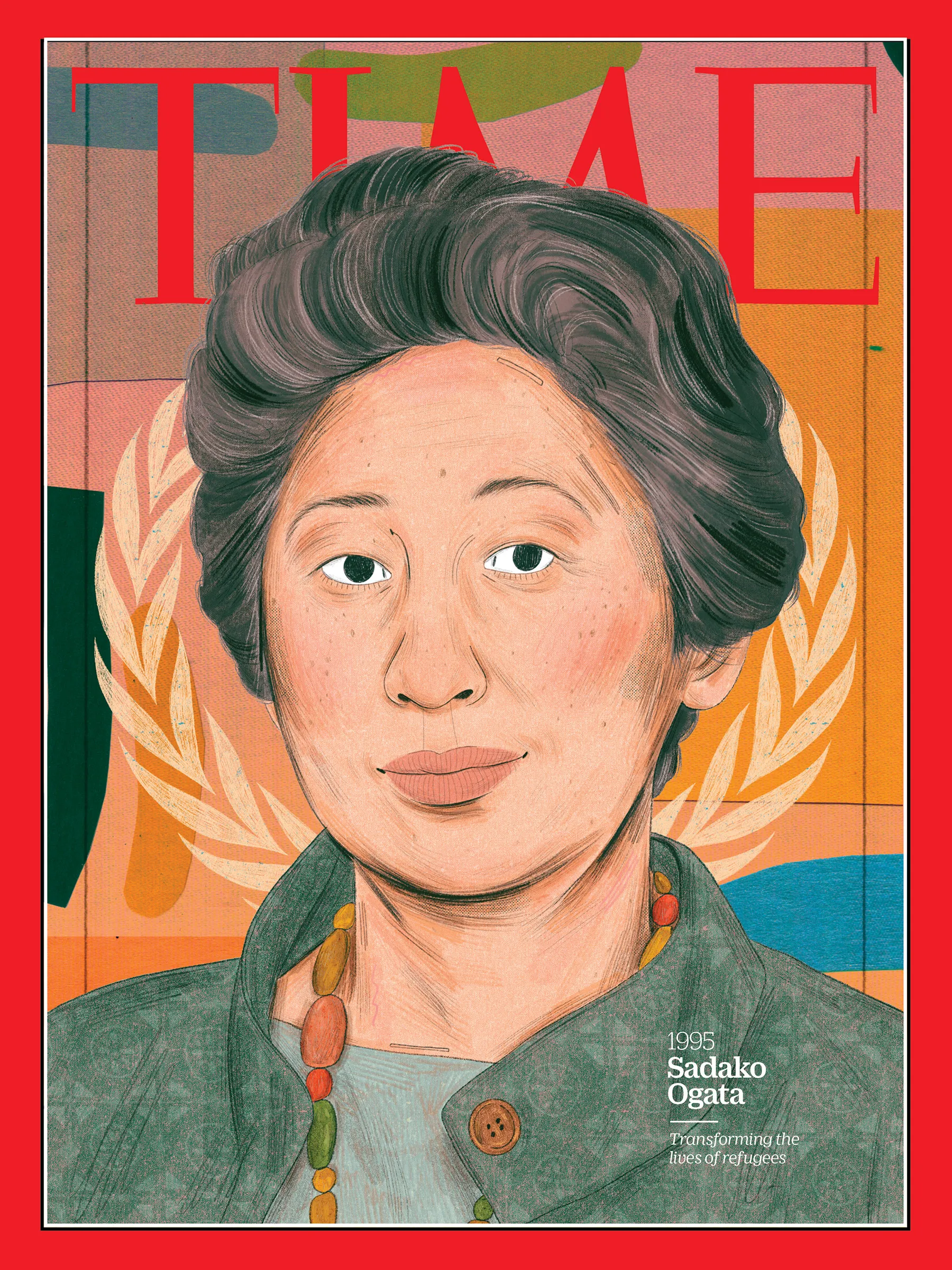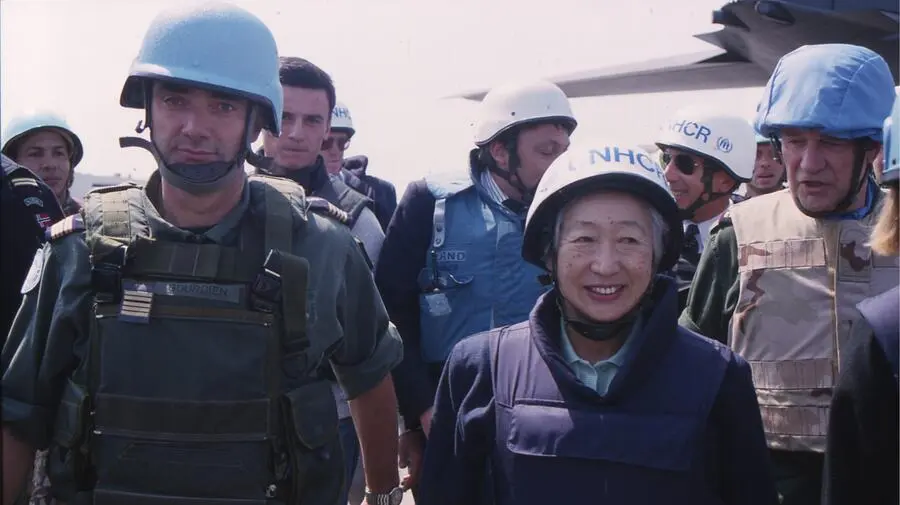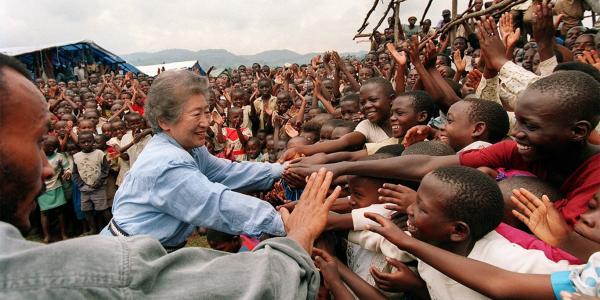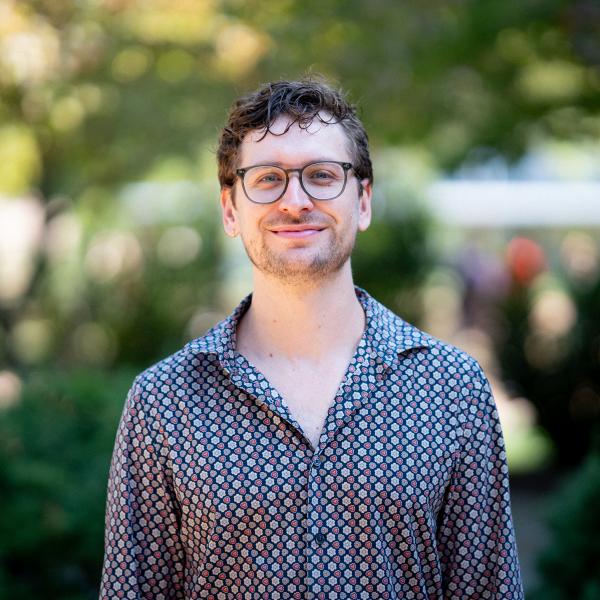Interview with Faculty Fellow Lori Watt
Sadako Ogata was four years old in 1932 when right-wing militarists assassinated her great-grandfather, Prime Minister Inukai Tsuyoshi, an event historians use to mark Japan’s turn from liberalism to fascism in the early 1930s. It’s the first of many pivotal moments in Japanese history that mark Ogata’s life story, says Lori Watt, associate professor of history and global studies. Born into a family of politicians and diplomats who have played roles at crucial turning points in 20th-century Japan, Ogata continued the tradition — first as a scholar and then as practitioner of international relations — in a new global context.
As the first woman, the first academic and the first Japanese person to serve as the United Nations High Commissioner for Refugees, Ogata led the UN Refugee Agency’s efforts in Iraq, the Balkans, Africa’s Great Lakes region and Afghanistan. Closer to home, she was the first president of the $16 billion Japan International Cooperation Agency, an organization affiliated with Japan’s Foreign Ministry charged with building ties in the Asia-Pacific region, outside of U.S.’s long shadow. “In these ways, her life trajectory provides a thread for understanding the overall thrust of Japan’s international relations of the last century,” says Watt, who is also a Faculty Fellow in the Center for the Humanities. How Ogata came to wield such influence — a “five-foot giant” of international affairs — is the intriguing tale Watt is telling in her current book project, “International Relations in Theory and Practice: The Life of Sadako Ogata (1927–2019).” Here, she offers an early look at her book-in-progress.

Briefly, what is your book about? Why did you choose to use a biographical approach?
My book is a social biography of Japan’s best-known international leader of the late 20th century, the diplomat Sadako Ogata (1927–2019). In telling her life story, I analyze the factors that facilitated her professional success, as a scholar of international relations, as the United Nations High Commissioner for Refugees (UNHCR), and as president of the Japan International Cooperation Agency (JICA), which is the organization that distributes Japan’s foreign aid. An elite family background, postwar U.S.–Japan relations and new opportunities for women contributed, as did Ogata’s renowned leadership abilities.
Some scholars have reservations about biography, pointing out that it is difficult to generalize from a single case or treat one person as representative of many. However, I have realized that biography is the best method for solving my puzzles.
One of those puzzles is how a woman from Japan rose to the pinnacle of several professions. Thanks to clean and safe cities, efficient transportation systems and national health care, people in Japan today enjoy an overall high standard of living. But the country still scores low in international gender parity ratings, especially in terms of political representation for women. Most women work outside the home, but relatively few reach top leadership positions.
While studying Ogata, it became clear that one place where women from Japan do become top leaders is at international organizations. Ogata as UNHCR is one example. Others include Tomoko Akane, president of the International Criminal Court, and Izumi Nakamitsu, under-secretary-general of the United Nations. International organizations that seek to advance women have found competent leaders from Japan.
Another reason that Ogata succeeded professionally was that she had strong family support. Her mother was a diplomatic wife who did not pursue a career outside the home. That meant she was available to help manage Ogata’s household and provide child care. In 1960, Ogata married Ogata Shijūrō (1927–2014), a deputy governor of the Bank of Japan. By all accounts, Shijūrō encouraged her to accept the professional opportunities offered and supported her demanding career. The techniques of political and social history illuminate the Ogata family contributions, but a biographical approach provides the means to assess the more personal elements behind her achievements, including a supportive spouse.

How did Ogata approach her role as UNHCR differently than past commissioners?
Ogata was working as a professor of international relations and dean at Sophia University in Tokyo when the General Assembly approved her appointment as UNHCR in 1991. Her new job provided the opportunity to test her theoretical knowledge of foreign policy decision-making in the real world.
The post-Cold War refugee crises of the 1990s required that she act differently from her predecessors and presented her with tough decisions. Should the UN Refugee Agency collaborate with military forces, including the U.S.-led coalition in Iraq and NATO in Yugoslavia, inviting an accusation of the militarization of humanitarianism? Should they help civilians leave their homes in the former Yugoslavia, thereby facilitating ethnic cleansing, or force them to remain in the midst of conflict? Should they provide humanitarian aid to refugees in camps located on the borders of Rwanda, even if perpetrators of the genocide were among the recipients of that aid?
Ogata was the first commissioner to brief the Security Council, where she urged member states to act more decisively in devising political solutions to conflict, thereby reducing the number of refugees and the stateless. She also believed that policymakers working for humanitarian agencies and developmental bureaucracies needed to seek solutions from the ground up. She herself spent more time in the field than any of her predecessors, with her ears open to local solutions.
Can you give an example of Ogata’s role as UNHCR?
One of the most dramatic moments during Ogata’s decade as high commissioner took place on February 17, 1993, when she abruptly announced that the UNHCR would suspend the delivery of aid to desperate refugees in Bosnia-Herzegovina, suffering as they were in the violence that accompanied the breakup of Yugoslavia. She made this decision because all three warring parties — the Bosnian Serbs, the Croats and the Muslim-led Bosnian government — had prevented the delivery of the aid to civilians who needed it. The Bosnian Serbs in particular harassed relief officials, ultimately killing several European and Bosnian aid workers.
The media covered Ogata’s decision to suspend the humanitarian mission as a showdown between Ogata and the secretary general of the United Nations, Boutros Boutros-Ghali. As Ogata herself put it, “no decision that I took in my ten years as high commissioner caused as much havoc.”
She later explained that although she was very concerned about the civilians in dire need of relief, the level of politicization of relief work had crossed a threshold that she was no longer able to tolerate. Aid deliveries resumed five days later, but her decision to call out the politicization of humanitarian efforts, and to seek safety guarantees for humanitarian workers, earned her the respect of people within the agency. Her personal aide, Kazuo Tase, recalls Ogata giving a speech at the UN Refugee Agency after she had left her post. When she entered the auditorium, the 200 staffers rose and gave her a two-minute standing ovation. People throughout the United Nations spoke about her with great affection and respect.
A glance at the newspaper shows that the politicization and risks of humanitarianism are still with us today. But Ogata had clearly defined principles and the courage to follow them, an inspiring story I look forward to sharing with my readers.
Headline image: As United Nations High Commissioner for Refugees, Sadako Ogata was known for her on-the-ground presence, such as this visit to a camp for Rwandan refugees in what was then Zaire in February 1995. Photo by P. Moumtzis/UNHCR.





